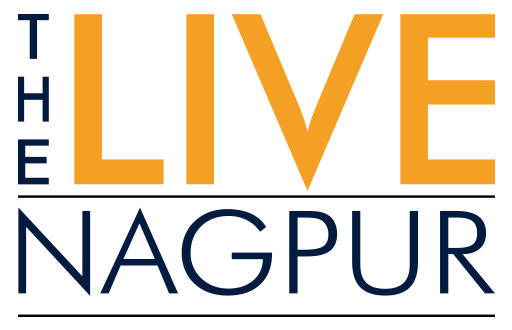Who is Shubhanshu Shukla, the Indian astronaut heading to the ISS after 41 years?
In a landmark moment for India’s space ambitions, Group Captain Shubhanshu Shukla of the Indian Air Force launched into space on Wednesday aboard SpaceX’s Crew Dragon spacecraft, as part of Axiom Mission 4 (Ax-4).
The launch took place at 12:01 pm IST from NASA’s historic Launch Complex 39A at the Kennedy Space Center.
With this mission, Shukla becomes India’s second astronaut after Rakesh Sharma—and the first Indian ever to travel to the International Space Station (ISS). His flight marks India’s return to human spaceflight after a 41-year gap, a moment of pride celebrated across the nation by citizens and space enthusiasts alike.
The Ax-4 mission, informally named Akash Ganga, is a collaborative venture involving ISRO, NASA, SpaceX, Axiom Space, and the European Space Agency (ESA). Shukla, who is serving as the mission’s pilot, is accompanied by veteran American astronaut Peggy Whitson and mission specialists from Hungary and Poland.
The Crew Dragon spacecraft is scheduled to dock with the ISS around 4:30 pm IST on June 26. During their two-week stay in orbit, the crew will engage in scientific research, technological demonstrations, and educational outreach initiatives.
Prime Minister Narendra Modi, officials from ISRO, and international dignitaries hailed the mission as a pivotal moment in India’s expanding space journey, emphasizing innovation, global partnerships, and a new era of commercial space exploration.
“This mission is more than a journey to the ISS; it’s a testament to India’s capabilities and ambition,”
— Michael Suffredini, CEO, Axiom Space
As the nation looks skyward with renewed pride, Shubhanshu Shukla’s voyage stands as a symbol of courage, excellence, and international cooperation—a milestone that is set to inspire generations.
FALCON 9: SPACEX’S RELIABLE WORKHORSE
The Falcon 9 is a partially reusable, two-stage, medium-lift launch vehicle developed by SpaceX, the aerospace company led by Elon Musk.
Standing 70 meters tall and weighing over 549 metric tons at liftoff, Falcon 9 is celebrated for its reliability, high launch cadence, and cost-effective reusability.
Its first stage is powered by nine Merlin engines, which burn liquid oxygen and rocket-grade kerosene. The booster can land vertically after launch, enabling rapid reuse and significant cost savings.
DRAGON: HUMAN-RATED FOR ISS MISSIONS
The Dragon spacecraft, developed by SpaceX, is designed to transport astronauts and cargo to the International Space Station (ISS).
For the Ax-4 mission, Dragon is carrying Shubhanshu Shukla along with three other crewmates—Peggy Whitson and astronauts from Hungary and Poland—on a 14-day mission.
The capsule is equipped with life-support systems, touchscreen controls, a cargo bay, and autonomous docking capability with the ISS. It is engineered for safe re-entry and ocean splashdown recovery.
The Dragon capsule was integrated atop the Falcon 9 rocket at Kennedy Space Center’s Launch Complex 39A, where it underwent rigorous pre-launch checks, including a static fire test and a full dress rehearsal.
A NEW CHAPTER IN INDIAN SPACE HISTORY
Shubhanshu Shukla’s mission is not only a personal milestone but a historic moment in India’s space journey. He is the first Indian astronaut to reach the ISS and the first to do so as part of a commercial spaceflight crew.
The Ax-4 mission, a collaborative effort between NASA, ISRO, and Axiom Space, reflects the growing global cooperation in space exploration.
During their time aboard the ISS, the crew will carry out over 60 scientific experiments, including joint projects with NASA and several led by Indian researchers, contributing to advances in space science and technology.
👉 Click here to read the latest Gujarat news on TheLiveAhmedabad.com



